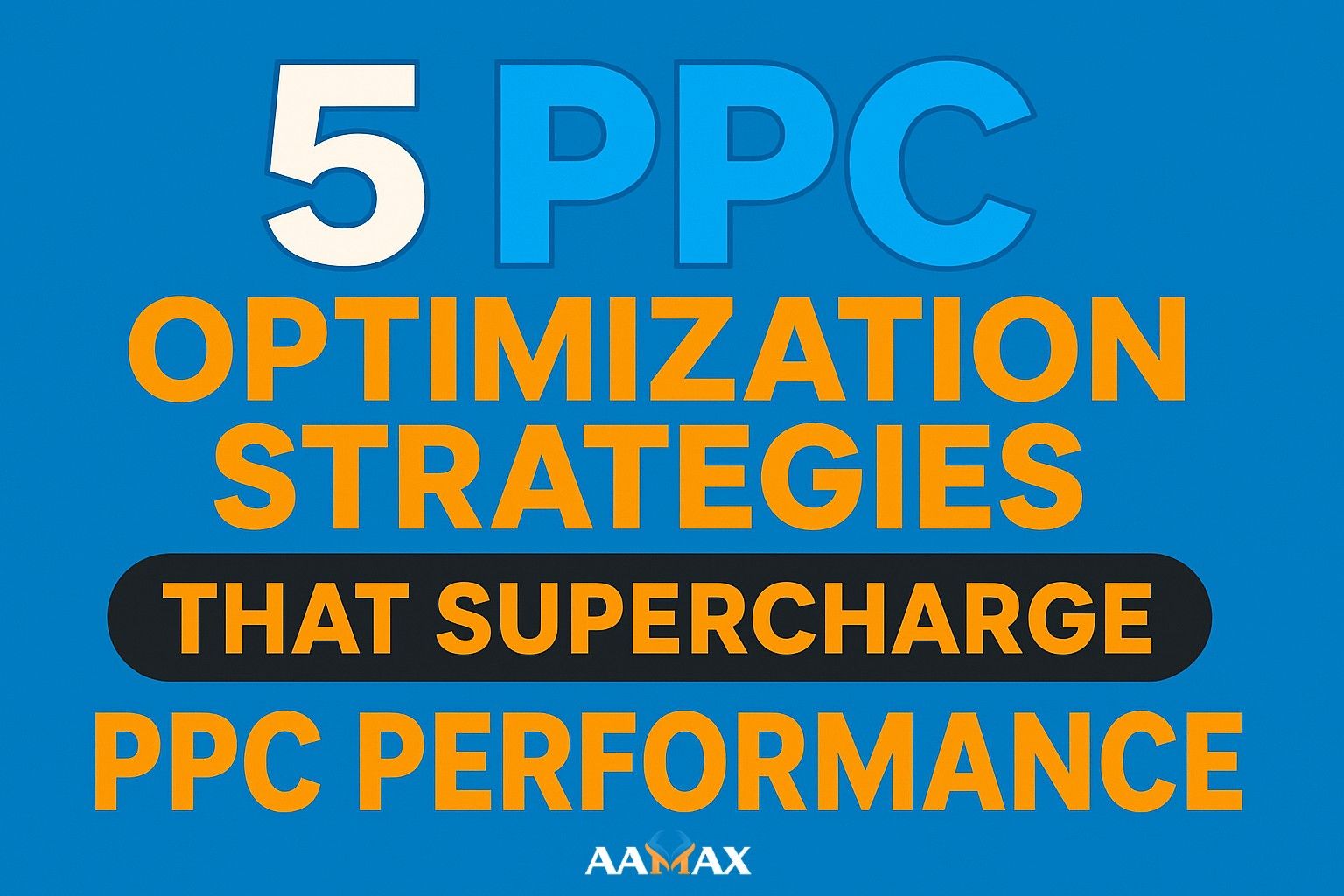
5 PPC Optimization Strategies That Supercharge PPC Performance
In today’s digital age, the food industry has become one of the most competitive markets online. From small bakeries and local farms to large packaged goods brands, everyone is vying for attention on search engines. To stand out, food products companies need to focus on Search Engine Optimization (SEO). A strong SEO strategy ensures your products get discovered by customers searching for food items, recipes, or nutrition tips.
This article explores five essential SEO tips for food products companies to increase visibility, attract more customers, and grow your brand online.
Why SEO Matters for Food Products Companies
Before diving into the strategies, let’s look at why SEO is so important:
- Consumer Behavior: Most people search online before making a purchase, even for groceries and specialty food items.
- Competition: With so many brands online, only those optimized for SEO rank higher and get noticed.
- Trust and Credibility: Appearing at the top of search results builds trust with customers.
- Cost-Effective Marketing: SEO provides long-term visibility without ongoing ad spend.
Now, let’s explore the top SEO tips food companies should implement.
1. Optimize for Local SEO
Food is often purchased locally, whether from grocery stores, farmers' markets, or delivery services. Local SEO ensures your food products company appears in searches like “organic bread near me” or “best local honey.”
Steps for Local SEO
- Google Business Profile: Set up and optimize your Google Business Profile with accurate business name, category, hours, and photos.
- Local Keywords: Use terms like “near me,” city names, or neighborhood references in your content.
- NAP Consistency: Make sure your Name, Address, and Phone number are consistent across directories.
- Reviews: Encourage happy customers to leave positive reviews, as they improve rankings and credibility.
Why This Works
Local SEO puts your food products in front of customers who are most likely to buy from you—people searching for options nearby.
2. Create High-Quality, Food-Centric Content
Content is at the heart of SEO. Food product companies can attract organic traffic by creating content that informs, entertains, and engages their audience.
Ideas for Food Content
- Recipes: Showcase your products with easy-to-follow recipes.
- Blog Articles: Write about nutrition, cooking tips, and food trends.
- Behind-the-Scenes Stories: Share how your food is sourced or produced.
- Seasonal Content: Create holiday-specific recipes or meal guides.
Example
A company selling pasta could publish recipes like “5 Quick Weeknight Pasta Meals” while showcasing their product in each recipe.
Why This Works
High-quality content helps you rank for a wider range of keywords while positioning your brand as an authority in the food space.
3. Focus on On-Page SEO
On-page SEO ensures that your website is structured in a way that search engines can easily understand. It also enhances user experience.
Key On-Page Elements
- Title Tags & Meta Descriptions: Use keywords and write engaging copy to boost click-through rates.
- Header Tags: Structure your content with H1, H2, and H3 tags for readability.
- Alt Text for Images: Food content relies heavily on visuals, so use descriptive alt text with keywords.
- Internal Linking: Link related recipes, product pages, and blogs to keep users engaged.
- Page Speed: Optimize images and hosting for faster load times.
Why This Works
A well-optimized website not only improves rankings but also provides a better experience for customers, increasing the chance of sales.
4. Leverage Social Media and Influencer Marketing for SEO
While social media itself doesn’t directly affect rankings, it boosts visibility, brand awareness, and inbound links—all of which support SEO.
How to Leverage Social Media
- Share Recipes and Videos: Platforms like Instagram and TikTok thrive on food-related content.
- Collaborate with Influencers: Partner with food bloggers and influencers who can link back to your site.
- Encourage Sharing: Create visually appealing posts that users will want to share.
Why This Works
Social signals amplify your content reach and generate backlinks, which are critical for SEO success.
5. Build Quality Backlinks
Backlinks—links from other reputable websites to your site—are one of the strongest ranking factors in SEO.
How to Build Backlinks
- Guest Posting: Write guest blogs for food or lifestyle websites.
- Food Directories: List your company in credible food and product directories.
- Press Releases: Share news about new product launches or sustainability initiatives.
- Collaborations: Work with chefs, nutritionists, or bloggers who can reference your products.
Why This Works
Backlinks signal authority and trust to search engines, helping your site rank higher.
Common SEO Mistakes Food Companies Should Avoid
- Ignoring mobile optimization (most searches happen on phones).
- Using low-quality photos or not optimizing images for speed.
- Stuffing keywords unnaturally into content.
- Neglecting local SEO opportunities.
How SEO Transforms Food Companies
When implemented correctly, SEO can dramatically transform how a food products company operates online. It ensures products are discoverable, builds stronger relationships with customers, and increases sales. With customers increasingly turning to digital platforms to shop for food, SEO is no longer optional—it’s essential.
Final Thoughts
SEO is a long-term investment that pays dividends for food products companies. By focusing on local SEO, high-quality content, on-page optimization, social amplification, and backlinks, your business can thrive in a competitive market.
If you’re looking for expert help in building your online presence, you can hire AAMAX. AAMAX is a full-service digital marketing company offering web development, digital marketing, and SEO services designed to help food brands and other businesses succeed.







